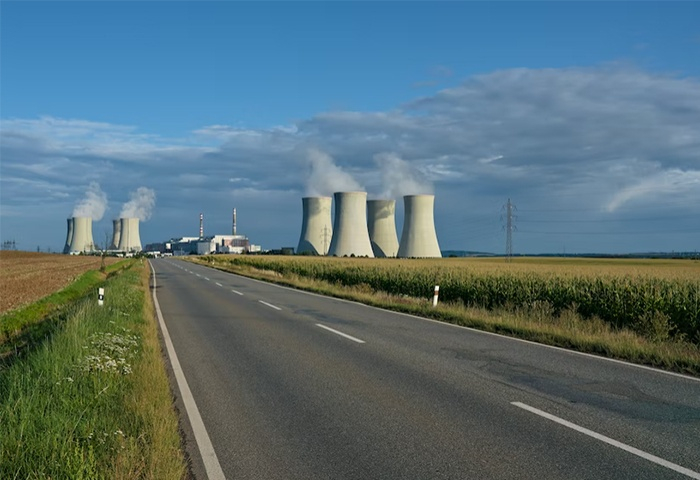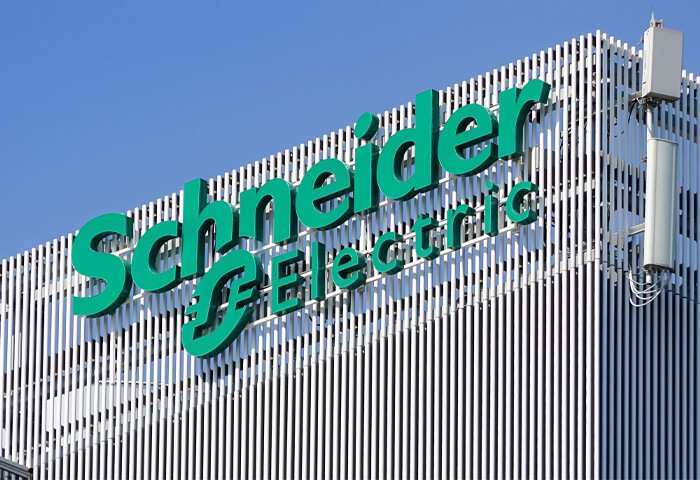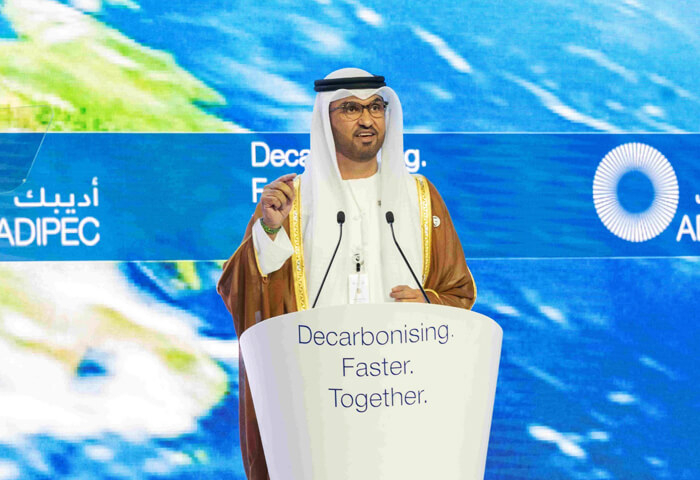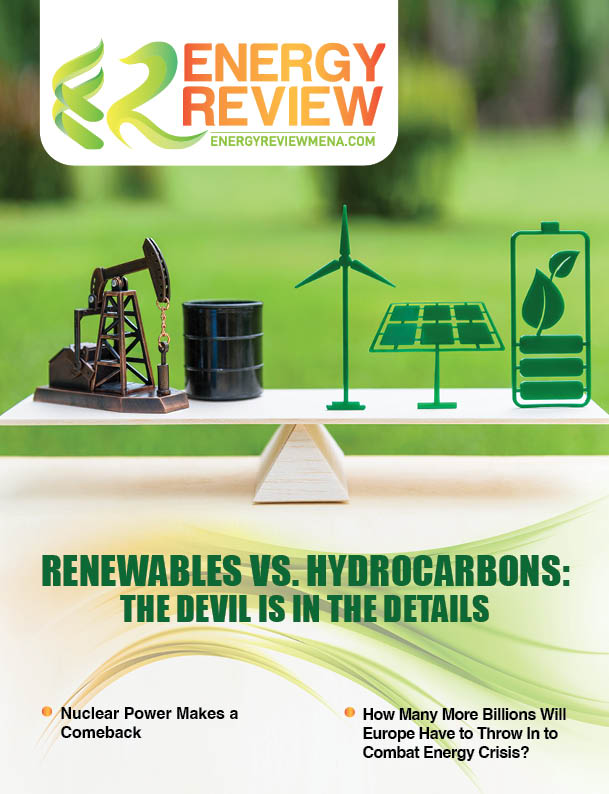The ongoing energy crisis being witnessed globally, particularly in light of the Russian-Ukraine war, the COVID-19 pandemic and the global push for a carbon-free future, has put the spotlight back on the viability of nuclear power.
With winter fast approaching, the soaring gas prices in Europe – the result of Russia’s cutting of gas supply – have unleashed a myriad of painful disruptions, from the rationing of power for households to the closing of businesses and industries. On the Franco-Swiss border, the European Organization for Nuclear Research, CERN (which houses the Large Hadron Collider, the world’s largest and most powerful particle accelerator), is reportedly facing the difficult choice of curtailing its operations to maintain grid stability. CERN uses 1.3 terawatt hours of electricity annually, which is equivalent to powering 300,000 UK homes for a year.
Such recent occurrences in Europe even prompted the ex-UK Prime Minister, Boris Johnson, to stress “go nuclear” as the way forward to boost the UK’s energy security. He even proposed the allocation of £700 million (US$810 million) for the funding of the planned Sizewell C nuclear power project.
It’s not just countries like the UK that are dusting off their idle nuclear plants. Japan, China, India and many others have followed suit in recent months to relaunch and re-ignite their nuclear reactors. Egypt, as a new adopter of nuclear power, has also initiated massive nuclear projects with leading South Korean nuclear energy companies.
Why Nuclear Energy?
As we can all imagine, the energy transition from fossil-fuel based to carbon-free sources is bound to involve massive complexity and planning to say the least. Here’s what nuclear energy brings to the table. Nuclear energy, with its 413 gigawatts (GW) of capacity operating in 32 countries, contributes to both energy and climate change goals by avoiding some 1.5 gigatonnes (Gt) of global emissions and 180 billion cubic meters (bcm) of global gas demand each year. Despite renewable power generation registering its largest ever annual growth in 2021, energy demand in 2021 was compounded by adverse weather and energy market conditions, which led to a heavy reliance on coal – the highest emitter of CO2. Emissions increased by almost 2.1 Gt from 2020 levels, putting 2021 above 2010 as the largest ever year-on-year increase in energy-related CO2 emissions in absolute terms, according to IEA.
While wind and solar PV are expected to lead the push to replace fossil fuels, the need for dispatchable resources such as nuclear power – whose power output supplied to power grids can be adjusted on demand – can also provide secure and diverse low-emissions electricity systems. Nuclear energy is the second largest source of low-emissions power after hydropower. As such, nuclear power has the potential to play a significant role in helping countries securely transition to energy systems dominated by renewables.
Challenges Remain
Ever since the nuclear plant disasters at Three Mile Island in the US, Chernobyl in Ukraine and Fukushima Daiichi in Japan, the safety of nuclear power has been in question. The risk factor remains the foremost reason behind the phasing out of nuclear power plants. Despite the progress in the disposal of high-level nuclear waste (with three countries having approved such sites), gaining public and political acceptance has been a constant challenge. Moreover, rising construction costs and expansive lead times have weighed heavily on the nuclear industry in many countries in recent years.
Openings for Nuclear Energy
The deployment of nuclear energy has the potential to expand the range of energy options. It can facilitate optimal use of variable renewables such as wind and solar, and also provide new opportunities to reduce fossil fuel dependency. To achieve a balanced energy sector transformation, nuclear energy can provide potential pathways and innovations that can be used to address local, state and national energy targets.
Apart from its contribution to clean-electricity generation, nuclear energy can be used to make hydrogen electrolytically (the passing of a current through a substance to effect a chemical change), and in the future, high-temperature reactors are likely to be used to make it thermochemically (the passing of heat energy to effect a chemical change). Hydrogen, as an energy carrier like electricity, is expected to play a vital role in facilitating emissions reductions in all end-use sectors. According to studies, the energy demand for hydrogen production could exceed that for electricity production today.
Per the experts, the nuclear future will include reactors of varying sizes and energy outputs, as well as those that can serve a variety of electric and non-electric applications, including interplay with other energy generation technologies. Small modular reactors (SMRs) are being considered as cost-effective low-emissions sources for electricity, heat and hydrogen.
In the developing regions, more nuclear power could address the growing energy demands with far less increase in carbon emissions. However, the world needs safe nuclear reactor designs, effective waste disposal solutions and certainly more political support.
Support for Nuclear Power
A growing number of countries have announced plans to support new nuclear investments. Most recently, Saudi Arabia has donated $3.5 million to two initiatives of the United Nations’ International Atomic Energy Agency (IAEA), namely Seibersdorf laboratories (ReNuAL2) and Zoonotic Diseases Integrated Action (ZODIAC) to support the peaceful use of nuclear technology. The initiatives will contribute to strengthening the nuclear regulatory capabilities to maximize the benefits of nuclear techniques and provide resources and services to IAEA member states that ensure the safe use of nuclear technology.
In the decade following the 1973 oil shock, construction began on many nuclear power plants, together capable of producing almost 170 GW of nuclear power. These plants still represent 40% of today’s nuclear capacity. Nuclear energy additions in the last decade have reached only 56 GW. With policy support and tight cost controls, today’s energy crisis could lead to a similar revival for nuclear energy, notes IEA.
Also read: UAE Powering Net Zero Through Nuclear Energy









